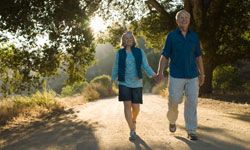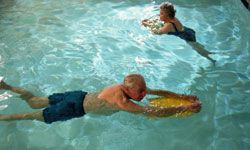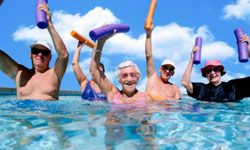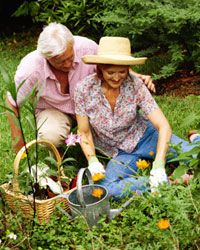Exercise is important for good health at any age, and seniors are no exception. You'll want to talk to a doctor before you start any new exercise regimen, but once you get the all-clear, a low-impact exercise routine can benefit your health by stretching and strengthening your muscles, reducing stress, preventing injury and even helping to lower your blood pressure.
Many gyms offer excellent low-impact exercise classes for seniors, but staying fit doesn't require a gym. Whether you prefer to get your workout from an instructor in a class, on a gym machine or outdoors, you can reap exercise's health benefits and have a little bit of fun at the same time.
Advertisement
Low-impact exercises fall into four categories: endurance, strength, flexibility and balance. Incorporating all four types of exercise into your routine helps reduce the risk of injury and keeps you from getting bored. Instead of doing just one exercise all the time, mix it up! For a well-rounded exercise routine, try combining endurance exercises, like walking or swimming, with exercises that focus on the other categories. You can build strength through light weight training or yoga, for example. Yoga is also a great way to improve flexibility and balance.
Looking for more low-impact exercises to round out your workout? We've got a list to get you started!



